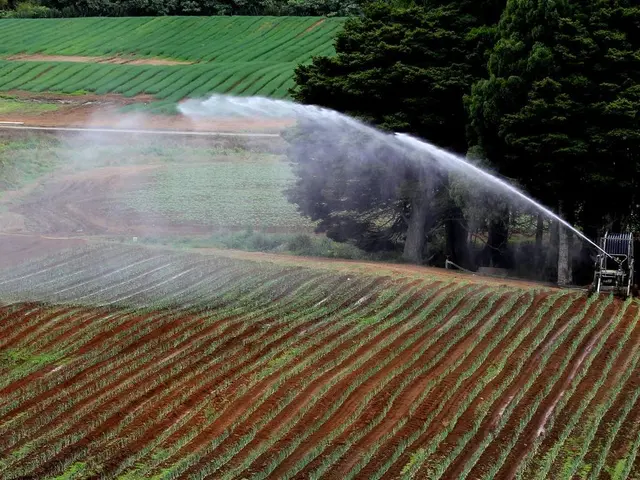Discourse: Exploring China's Environmental Transformation Amidst Economic Expansion
In the early 1990s, China embarked on a rapid transformation, transitioning from an environmental crisis-ridden nation to a socialist market economy that grew at an average rate of 10% per year, reaching as high as 13% at times. This economic boom, however, came at a significant cost to the environment.
Guiyu, a town in Guangdong, south-east China, became the world's largest dumping ground for electronic waste. The intensive expansion of energy-hungry and polluting industries led to environmental problems, resulting in heavy metal pollution that made the fields unfarmable.
The global-scale relocation of industry from the West further exacerbated China's environmental crisis. The state of Guiyu, for instance, was not alone in its struggle. "Cancer villages" were created in eastern China's Huai River due to chemical plants, paper mills, and textile-dying operations.
In response, the central government took a top-down approach to tackle environmental issues. Quantified targets were set for local governments, and a monitoring system was implemented. Green industrial policy became a key part of China's environmental strategy, with environmental targets acting as a driver for economic growth.
In 2020, China announced its dual carbon targets, aiming to peak carbon dioxide emissions before 2030 and achieve carbon neutrality before 2060. The focus of China's environmental policy is on supply-side changes, such as ordering steelmakers to cut production.
City-level exchanges are already happening, with Beijing sharing its experience in tackling smog with cities like Jakarta and Delhi. China's environmental model could be useful for other developing nations, particularly in the Global South.
The publication of "In Search of Green China" by Ma Tianjie was triggered by the need to examine and reflect on China's environmental efforts and challenges over the past three decades. The book, written in English, aims to be useful to readers in other countries interested in learning about China's environmental governance.
It is important to note that China, unlike Western countries, did not have the option to deindustrialise and maintain or raise living standards. This is a crucial factor to consider when evaluating China's environmental policies and progress.
The improved ability of the central government to manage the environment has, in some ways, reduced the role of civil society and the emergence of "environmental warriors." However, the need for continued vigilance and action remains crucial in ensuring a sustainable future for China and the world.
In the winter of 2011, PM 2.5 levels in Beijing hit 522 micrograms per cubic metre, exceeding the World Health Organization's recommended limit of 15 micrograms per cubic metre. Particulate matter and PM 2.5, mixtures of solid particles and liquid droplets found in the air, can cause significant health problems when inhaled.
As China continues its journey towards a greener future, it serves as a reminder for all nations to prioritise environmental sustainability in their economic growth strategies. The lessons learned from China's past can provide valuable insights for a more sustainable future.
Read also:
- Summarized Report: Insights from the Realm of Transportation
- Recorded surge in electric vehicle registrations during the initial half of the year
- Polestar CEO, Lohscheller, voices concern on the ongoing debates about competitors' products: "Maintain focus, avoid distractions"
- London Mayor Sadiq Khan under fire for raising Congestion Charge, with drivers facing an additional £80 million in yearly costs








